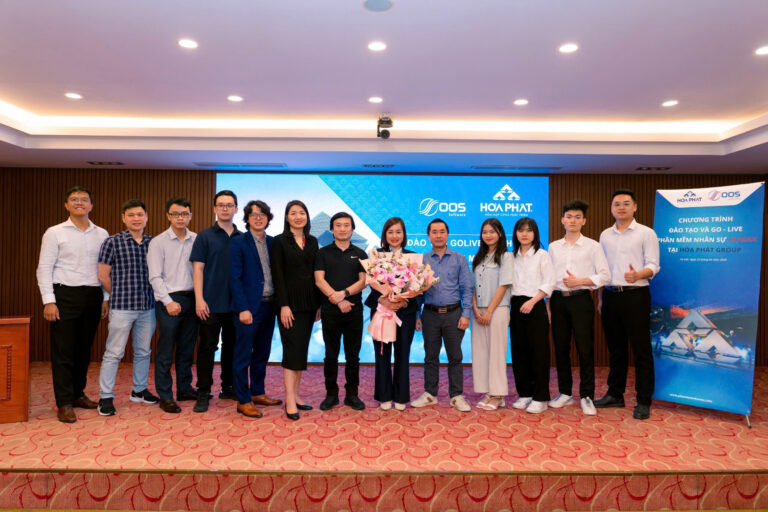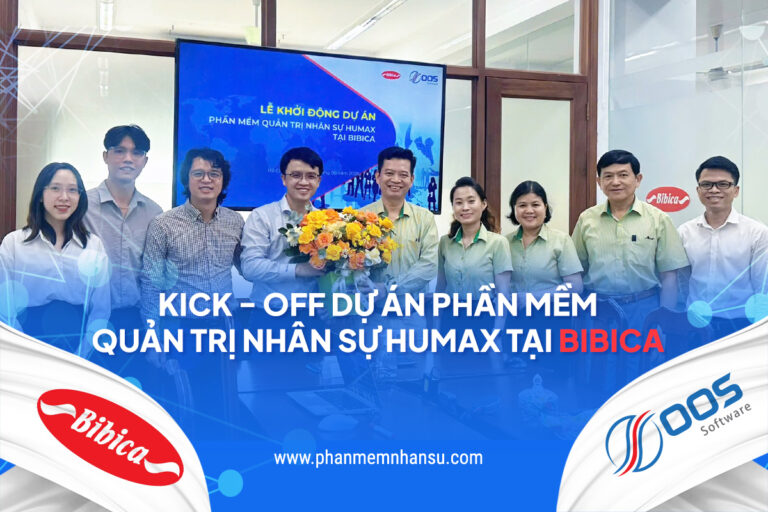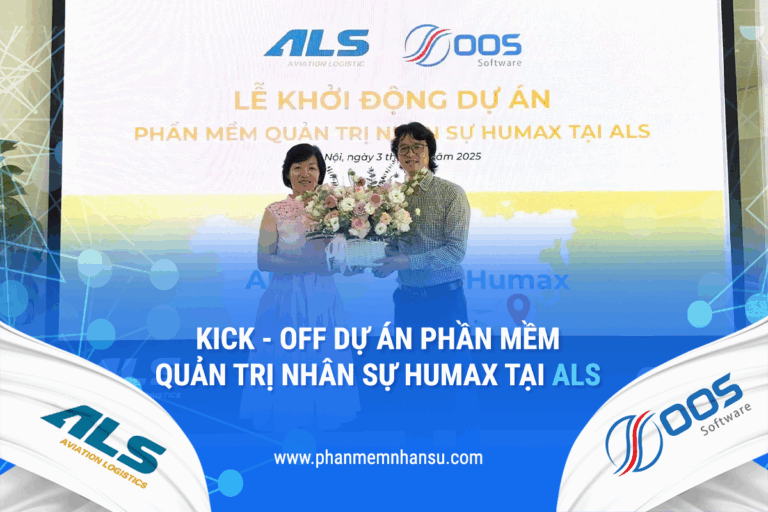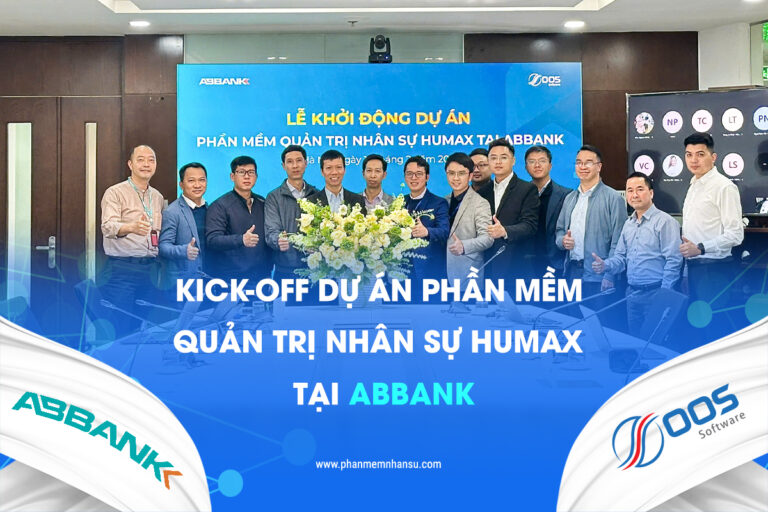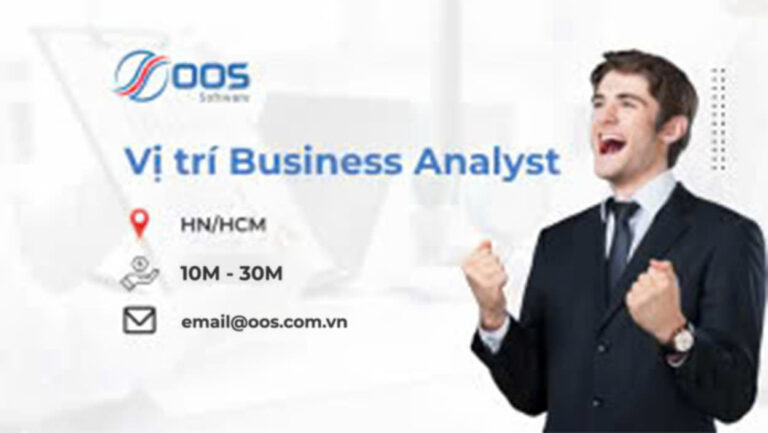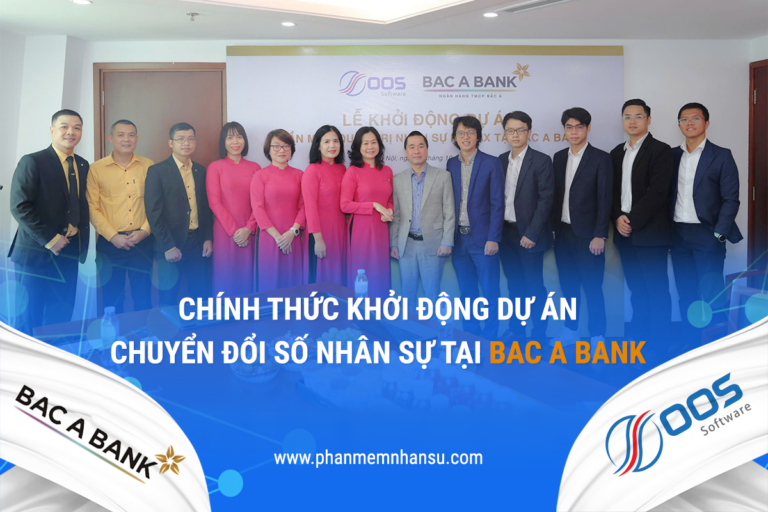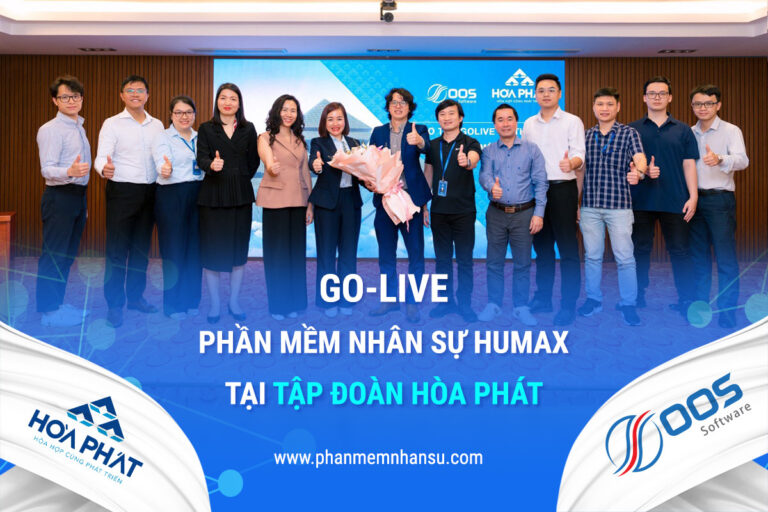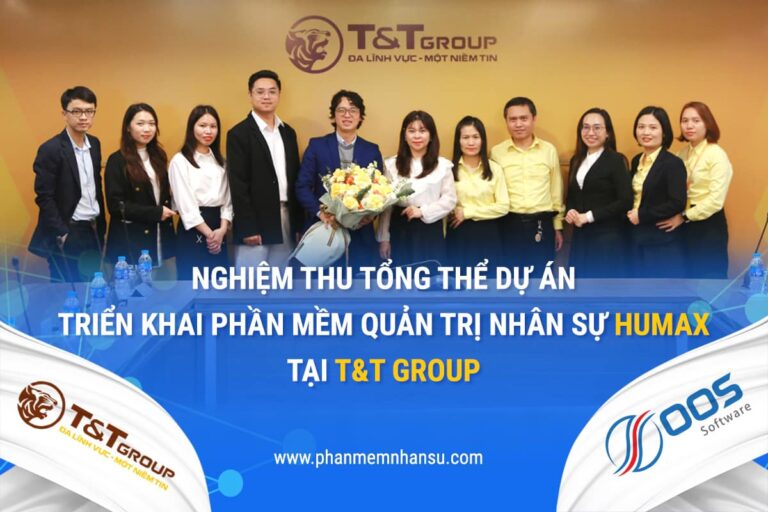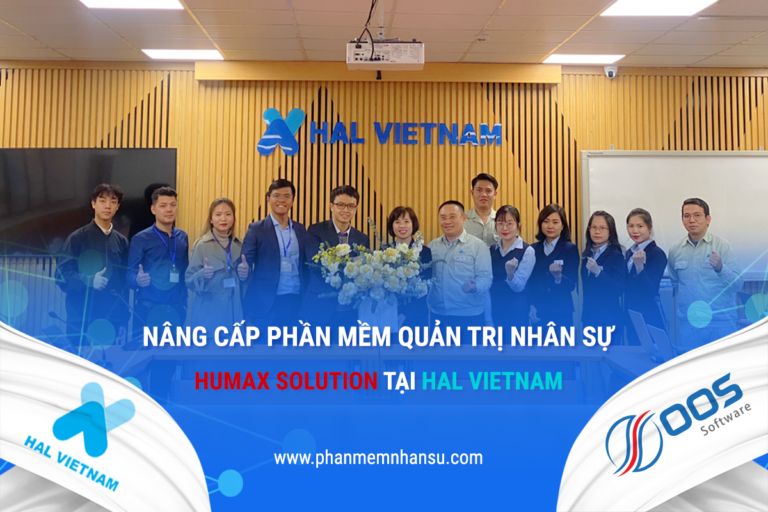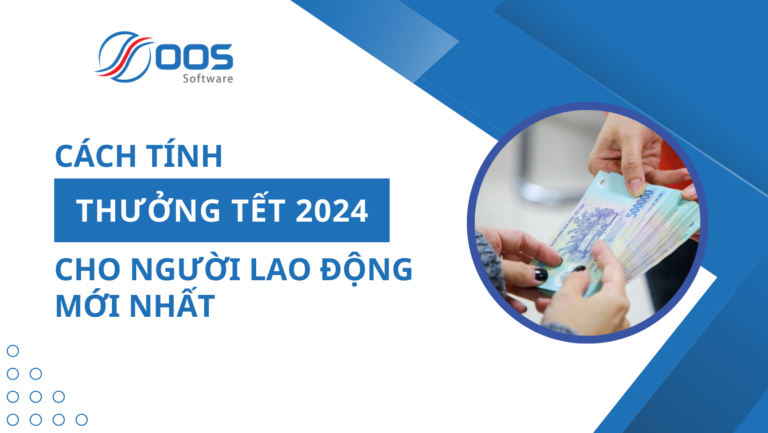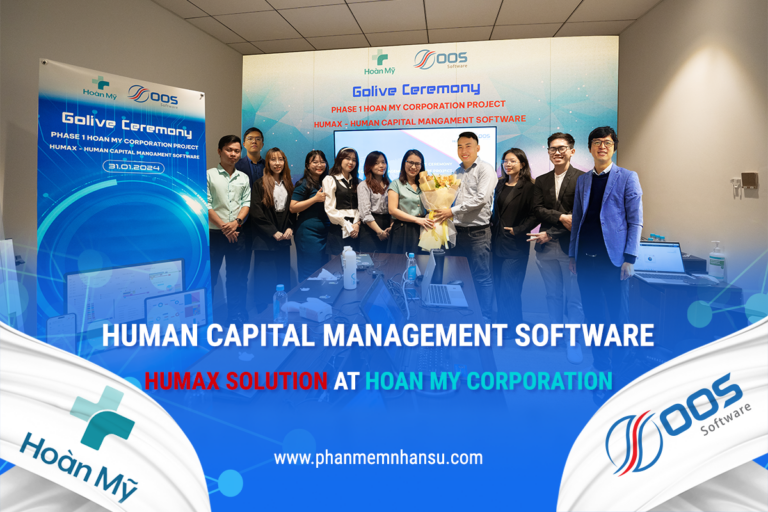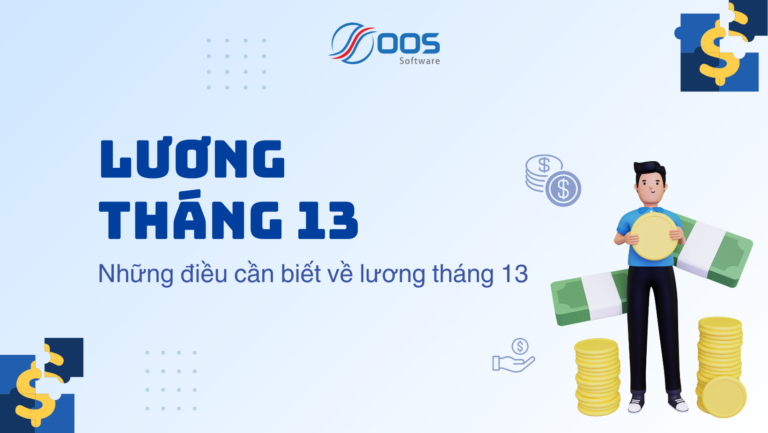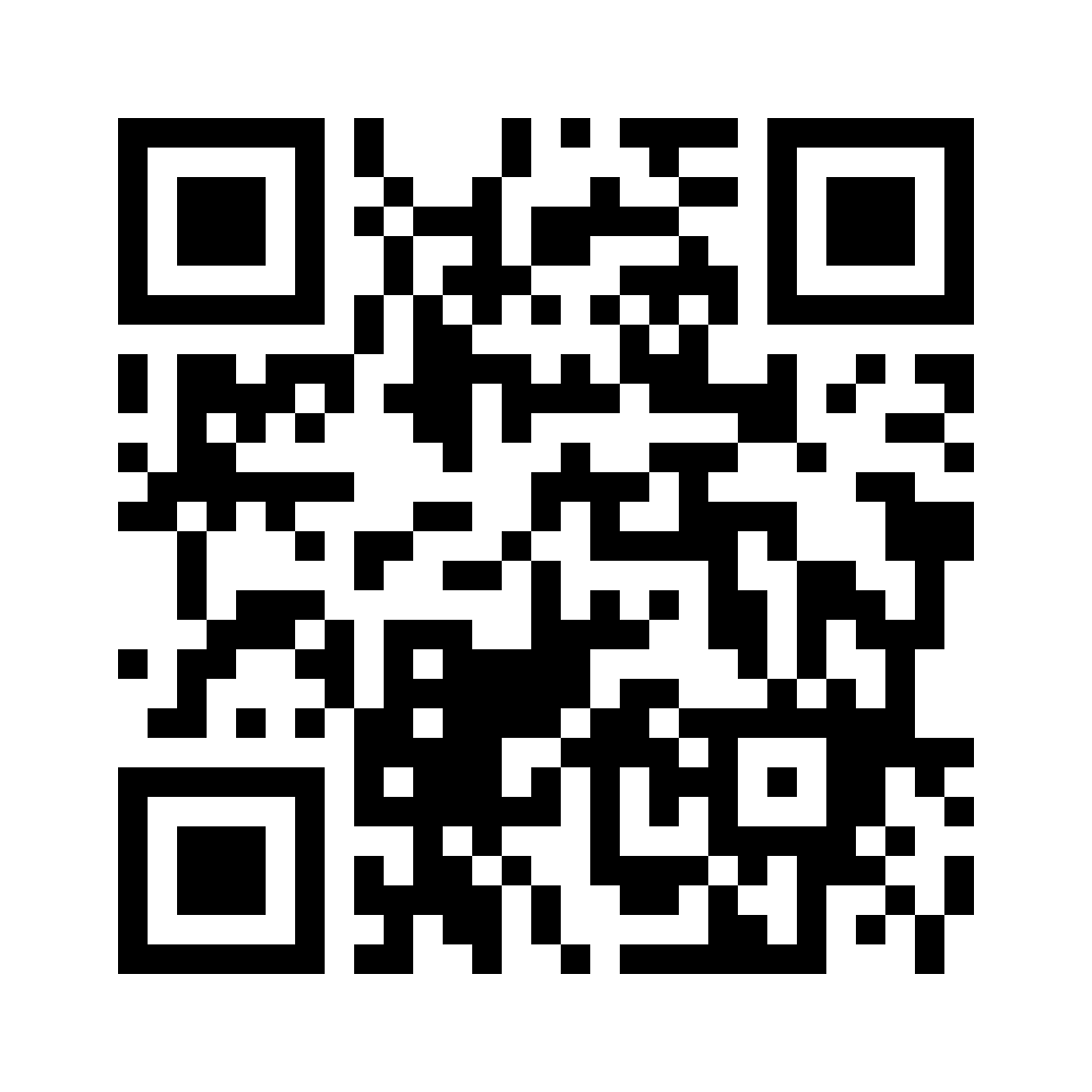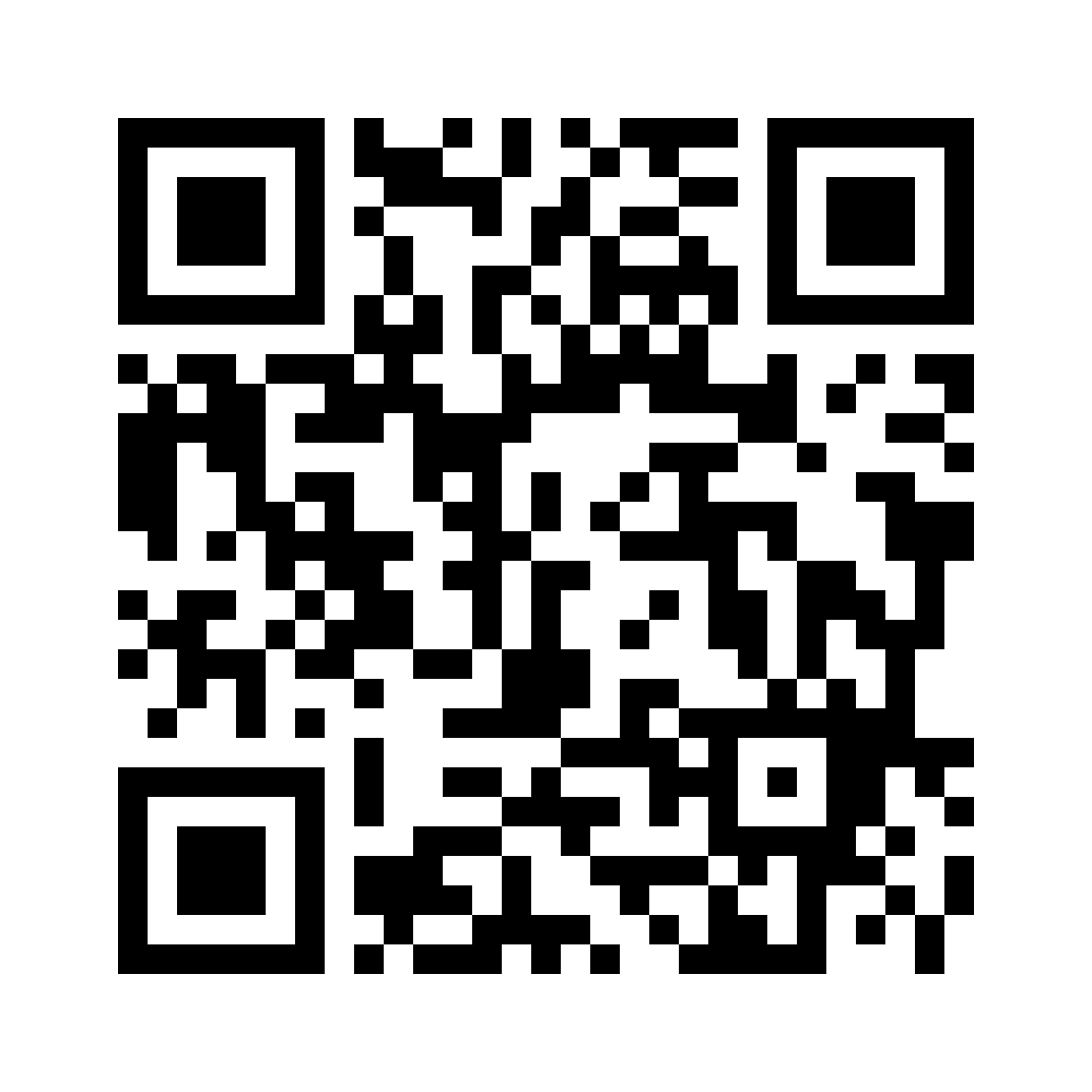In today's enterprises, there will be 3 typical forms of human resource management, let's learn about these 3 forms with Humax:
1. Traditional nepotism
The characteristics of this form of human resource management in this enterprise are:
- Leadership is the center, the human resource management model that coordinates all work is the leader.
- Businesses consider employees as hirers, generating revenue for the business.
- Enterprises give employees an activity orientation, employees are not allowed to participate in business development plans.
- The HR policy and staffing are antiquated, outdated, lack of flexibility and flexibility.
- Only interested in what employees can contribute to the business, but not interested in the benefits and incentives of employees.
- Enterprises only focus on probation, restrict employees, do not encourage employees to promote work efficiency.
What is the result? Enterprises applying this type of management will not be able to attract and retain talented people, reducing their competitiveness in the labor market.

2. Collective human resource management
Employees in this form of human resource management in this enterprise focus on encouraging and engaging with subordinates.
Features of the form Human resource management in the enterprise This is:
- Human resource management policies in enterprises are based on common interests. Benefits will be elaborated and coordinated down to the employee.
- With this form, enterprises let employees freely express their own thoughts, opinions and views. This business injects liberal democracy into its corporate culture.
- Corporate culture policies and regulations, human resource management model are flexibly customized and elected according to the majority of employees.
- Human resource policies are open, employees can express their opinions, contributing to building corporate culture.
- Enterprises decentralize employees, change and flex policies with current conditions of employees, develop existing businesses.
- Leaders see the right potential and capacity of employees, assign the right jobs, and give the right rights to employees to achieve the highest performance.
- Stimulating the dedication of employees with both rights and obligations, is the top criterion to evaluate employees.
This is a model of human resource management in the enterprise in accordance with the current general development trend. Each individual has his or her own role, free to develop abilities in an environment.
3. Old-fashioned collective leadership
This is a model of human resource management developed in the subsidy period. Middle leaders are not aware of specific responsibilities, cannot assign work to employees. As a result, the work is stalled, it is impossible to find out who is responsible for repairing and perfecting.
Features of the form Human resource management in the enterprise This is:
- The project censorship, the work becomes cumbersome, must go through a "council" to be able to do, which takes a lot of time.
- Enterprises under the subsidy period often had very few people with real capacity. Management is mainly “pointing with five fingers” and only wants to intervene deeply, rather than quickly solve the problem.
- Enterprises focus on safety solutions rather than innovative, innovative solutions for employee development. The solutions are all based on ensuring the safety of management rather than employees.
- Active individuals work hard, but don't get the chance to join the council.
- The process of reviewing and implementing a plan is lengthy.
This is the form Human resource management in the enterprise need to be abolished and replaced by a more modern form of human resource management. This is a very expensive form of human resource management, wasting the budget and having low economic efficiency.
According to kynabiz

